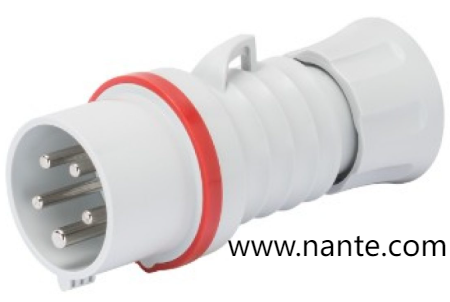Enhance Panel Reliability with Nante Surge Protection Modules

Installing an outdoor electrical distribution panel requires careful planning and attention to detail, ensuring reliable power delivery to your facility while protecting components from harsh weather. An outdoor electrical distribution panel must be mounted on a stable surface, properly grounded, and connected to supply and load circuits with secure, code compliant wiring. This guide will walk you through site preparation, mounting, wiring connections, and safety checks so you can complete your installation with confidence and minimal downtime.
Begin by selecting the installation location. Choose a flat, non combustible wall or support structure that is sheltered from direct water spray and debris while allowing sufficient airflow around the enclosure. Ensure the panel sits at a comfortable working height and leaves clearance for hinged doors to open fully. Use a level to mark the mounting points and confirm that the enclosure will sit square. If you plan to install conduit, mark entry points for supply and branch conduits, ensuring proper alignment with interior knockout positions.
Next, secure the enclosure using stainless steel anchors or bolts designed for your substrate material. Tighten fasteners evenly to avoid twisting the housing. Confirm that the door gasket seals evenly along the frame perimeter. For installations in corrosive or coastal environments, choose enclosures with reinforced corrosion resistance and UV stable finishes to extend service life without repainting or frequent maintenance.
With the panel mounted, prepare the supply feed. Turn off power at the main service disconnect and verify absence of voltage with a non contact tester. Install a weatherproof conduit body or cable gland at the top of the enclosure for the supply cable. Route the main conductors into the panel, leaving enough slack to make connections without strain. Use proper torque rated lugs or terminal clamps to connect conductors to the main breaker or bus bars, following the torque specifications provided by the manufacturer.
Grounding is crucial for safety and code compliance. Attach a grounding conductor to the grounding bus bar inside the panel, and bond the enclosure housing to the system ground using a dedicated grounding lug. Extend the grounding conductor to a driven rod or ground plate, ensuring low resistance to earth. Proper grounding dissipates fault currents and protects personnel and equipment in the event of a short circuit.
Branch circuits require careful labeling and breaker sizing. Plan each circuit based on the load characteristics of downstream equipment such as pumps, lighting, or HVAC units. Insert breakers or fused disconnect modules into the panel's molded mounting rails. Snap them into place and connect outgoing conductors to the breaker terminals, maintaining consistent wire lengths and routing them neatly through interior cable management channels. Label each breaker with a durable legend indicating the load served to facilitate future maintenance.
Surge protection modules safeguard sensitive electronics and downstream devices from voltage spikes caused by lightning or switching events. Install a surge protective device next to the main breaker or at selected branch circuits, connecting it to both line and ground terminals. Verify that the protective module resets or indicates a fault condition correctly, and include visual indicators accessible through the panel door.
Testing and commissioning steps confirm the installation's integrity. Close and latch the panel door, then restore power at the service disconnect. Use a clamp on ammeter to verify current draw on each circuit matches expected load values. Check voltage levels at panel lugs to ensure balanced supply phases. Test ground fault and arc flash detection systems if available, ensuring rapid trip operations in case of fault events. Record test results in your commissioning log for regulatory compliance and future reference.
Regular maintenance extends the panel's reliability. Schedule periodic inspections of terminal tightness, looking for signs of discoloration or overheating. Clean ventilation filters or louvers to maintain proper airflow. Replace surge modules after operation or when indicator lights signal end of life. Verify gasket integrity and hinge lubrication to keep the enclosure sealed against moisture and dust.
By following these best practices, you can install an outdoor electrical distribution panel that performs safely and efficiently under demanding environmental conditions. Whether expanding renewable energy assets or upgrading critical infrastructure, a well executed installation ensures stable power distribution and protects your investment. To explore robust, modular panels and accessories tailored to your needs, visit https://www.nante.com/product/ .
- Art
- Causes
- Crafts
- Dance
- Drinks
- Film
- Fitness
- Food
- Games
- Gardening
- Health
- Home
- Literature
- Music
- Networking
- Other
- Party
- Religion
- Shopping
- Sports
- Theater
- Wellness


